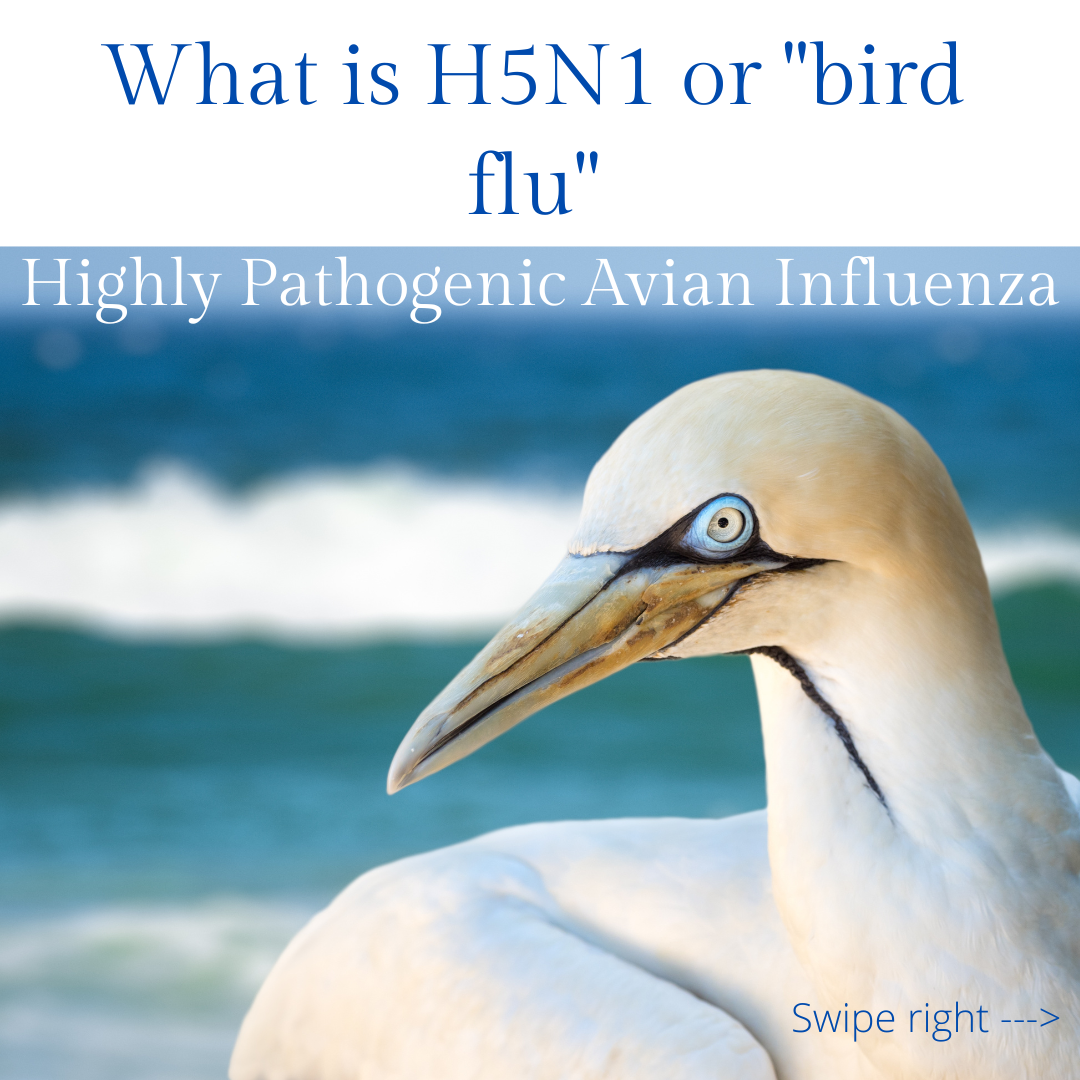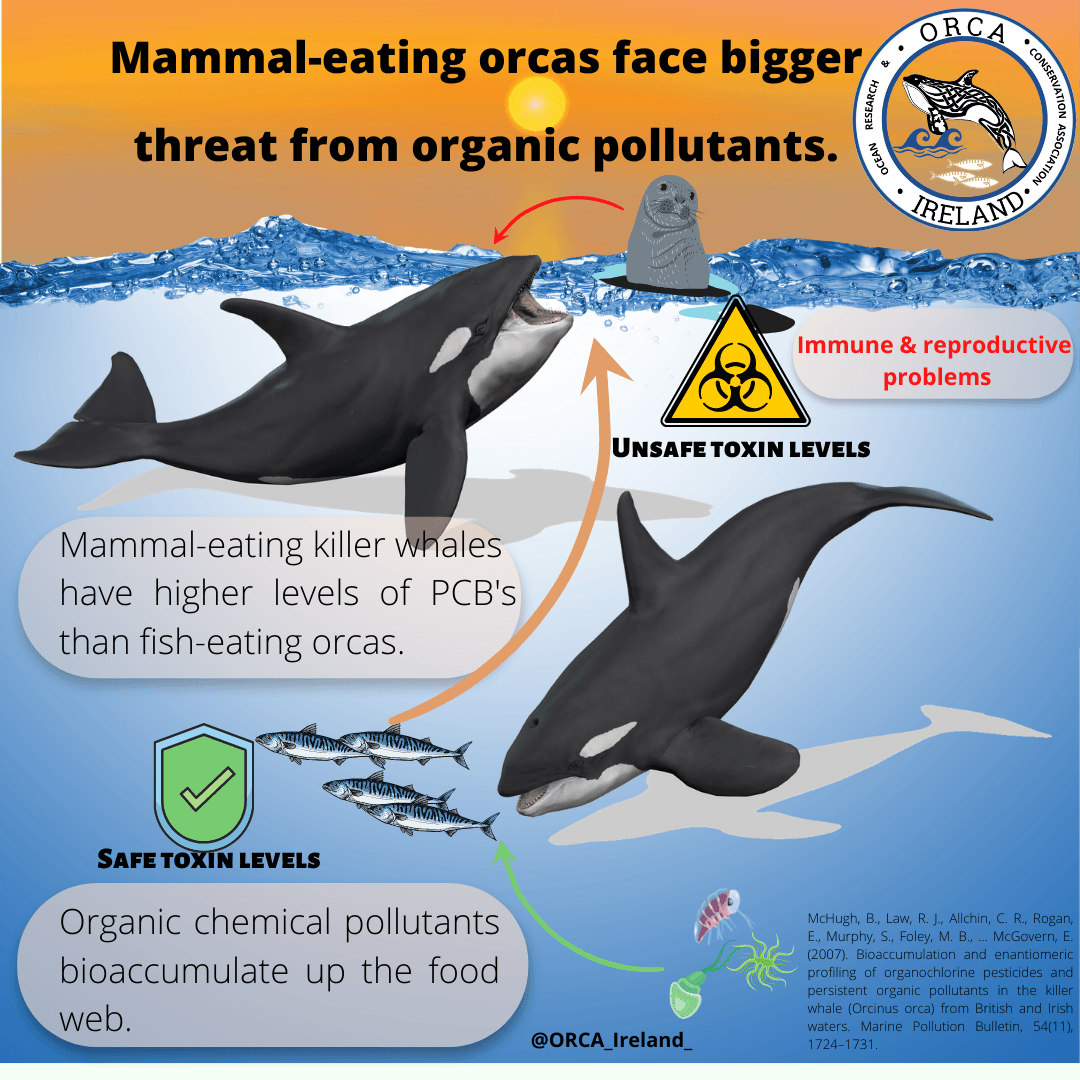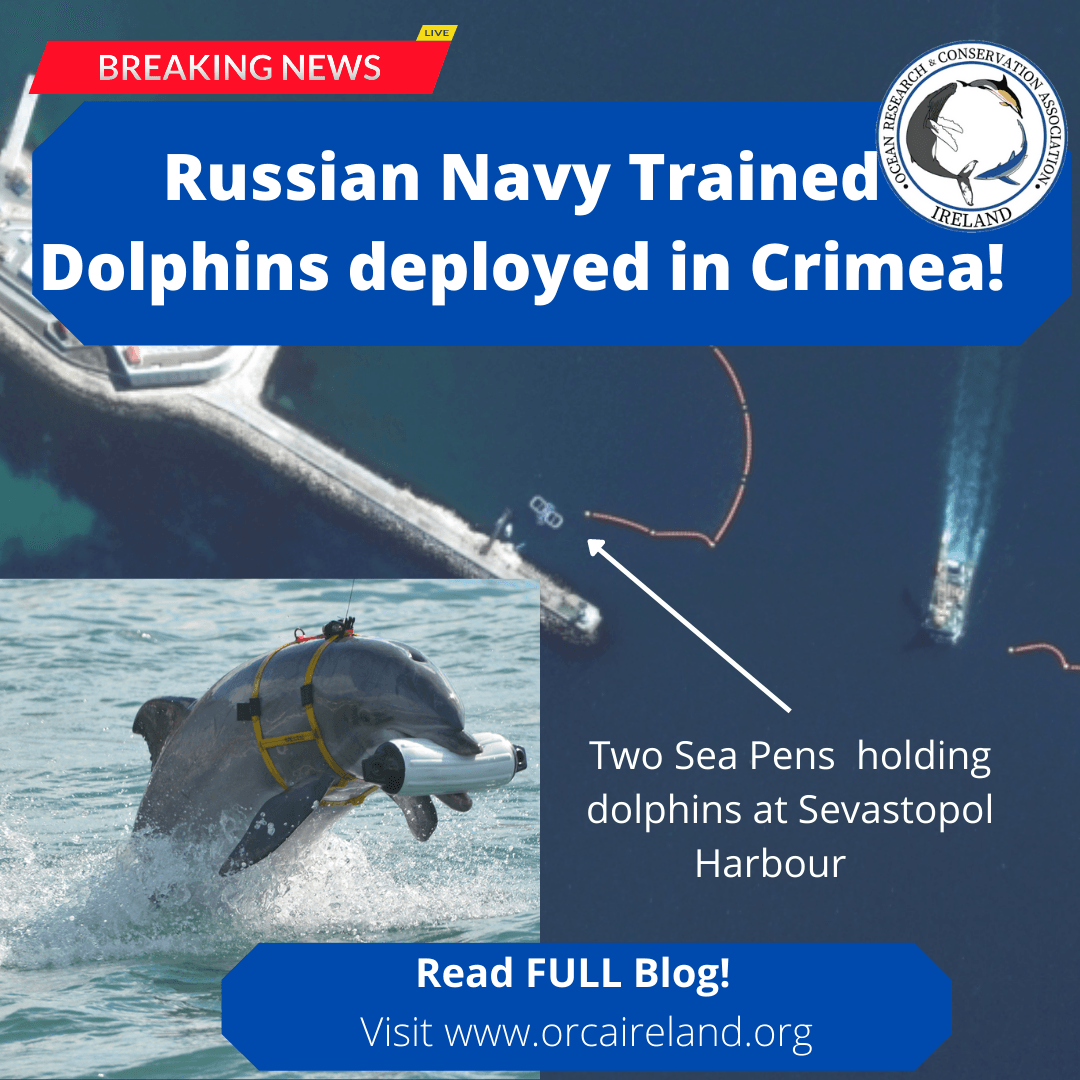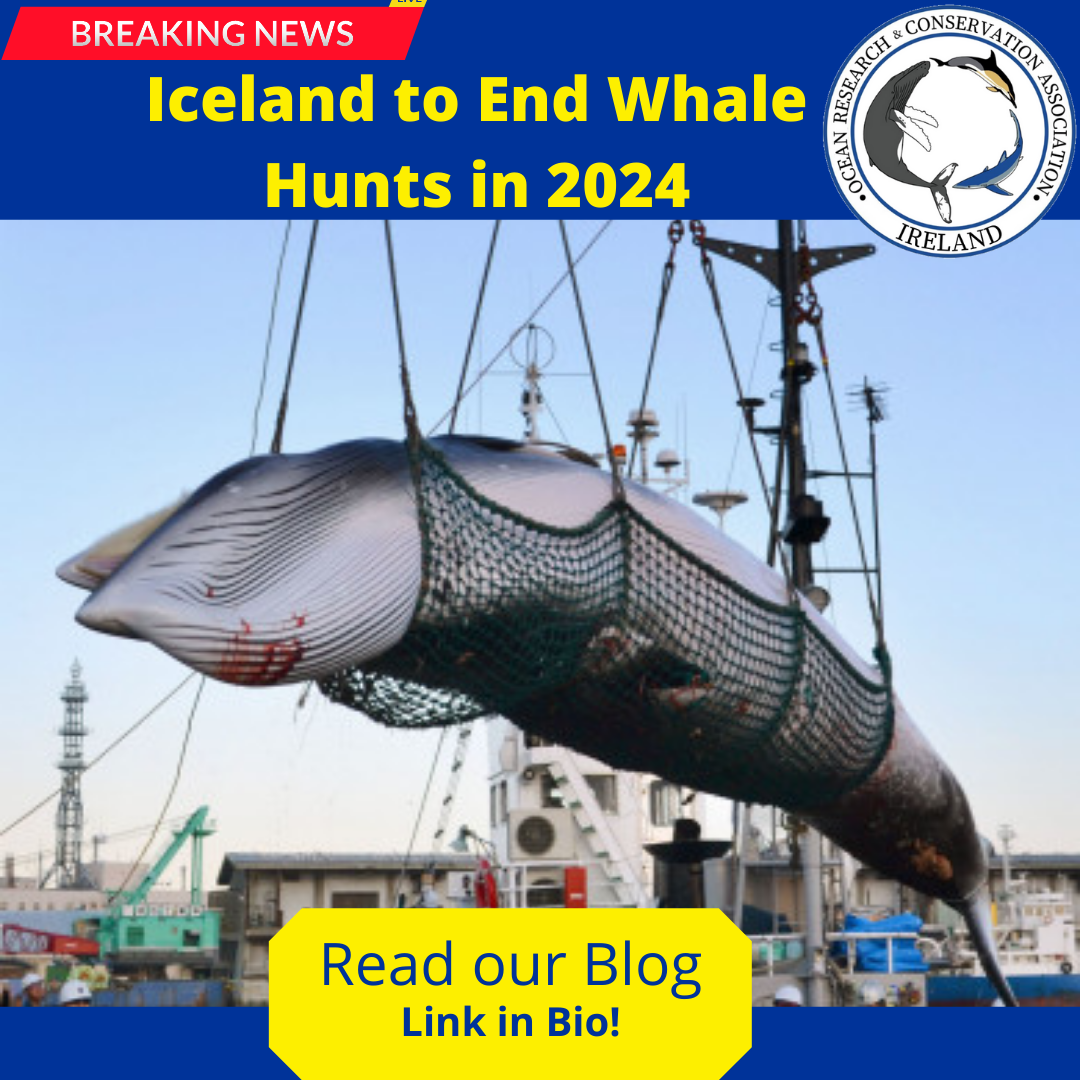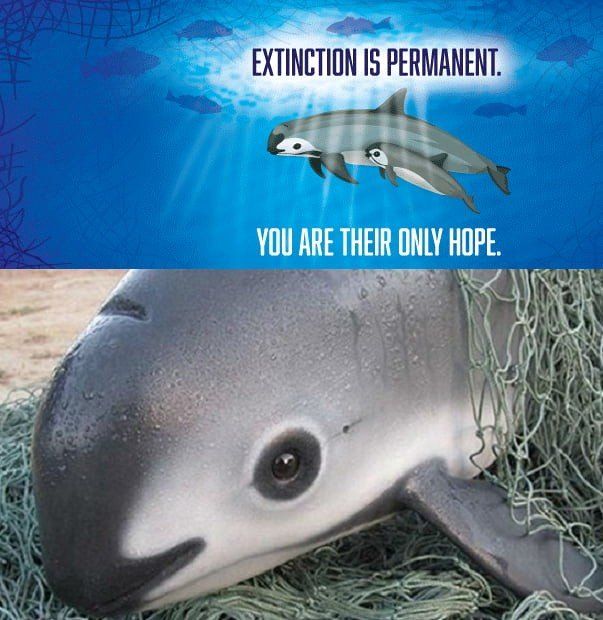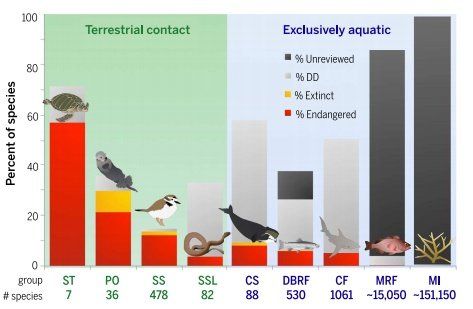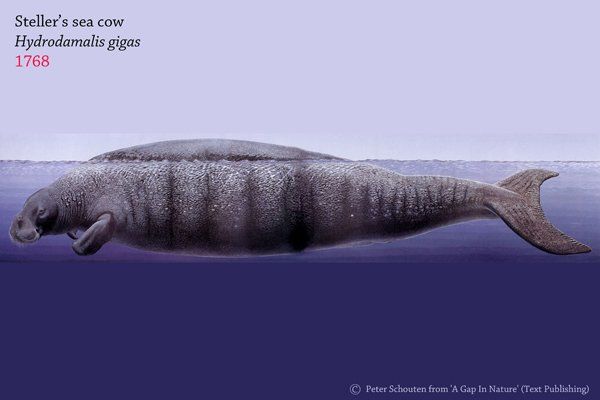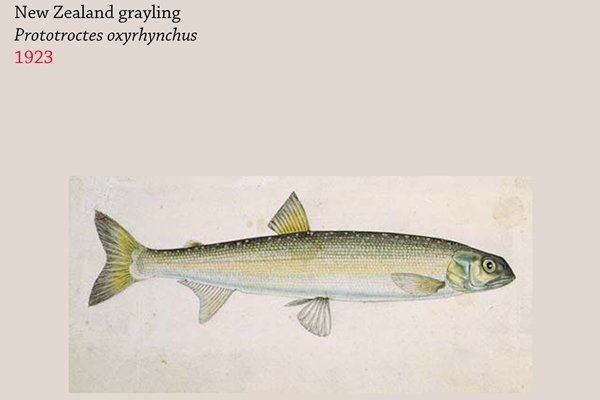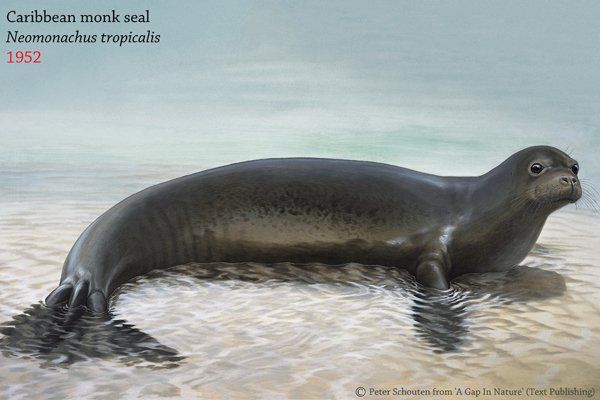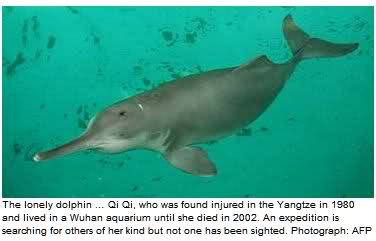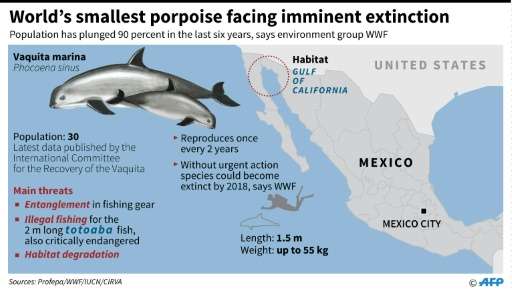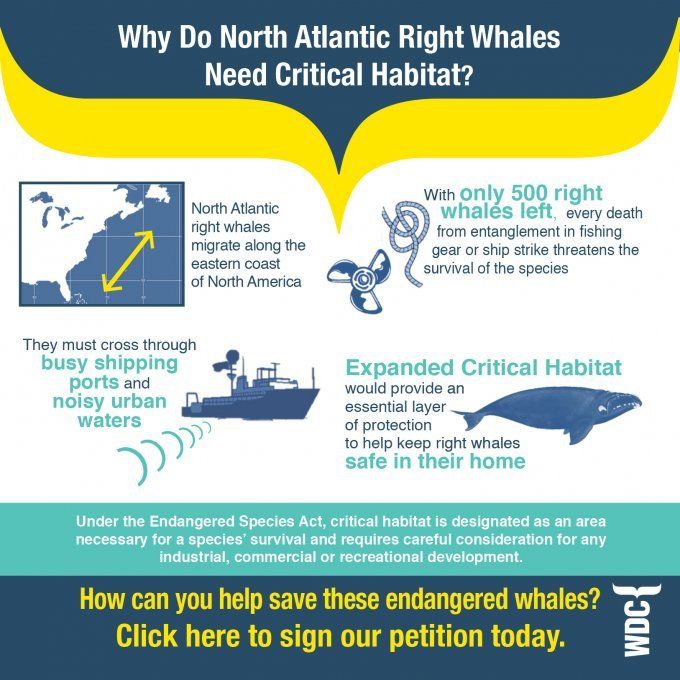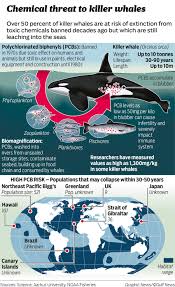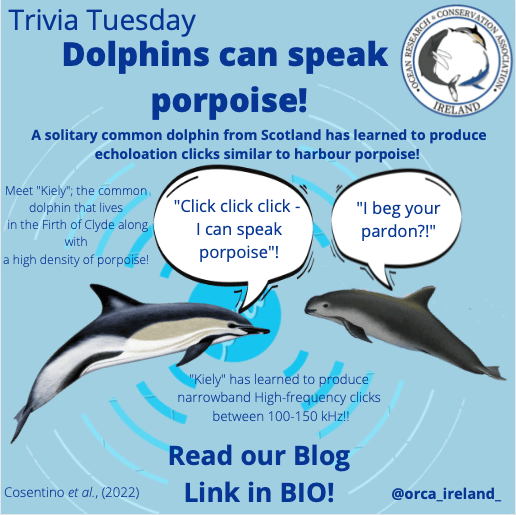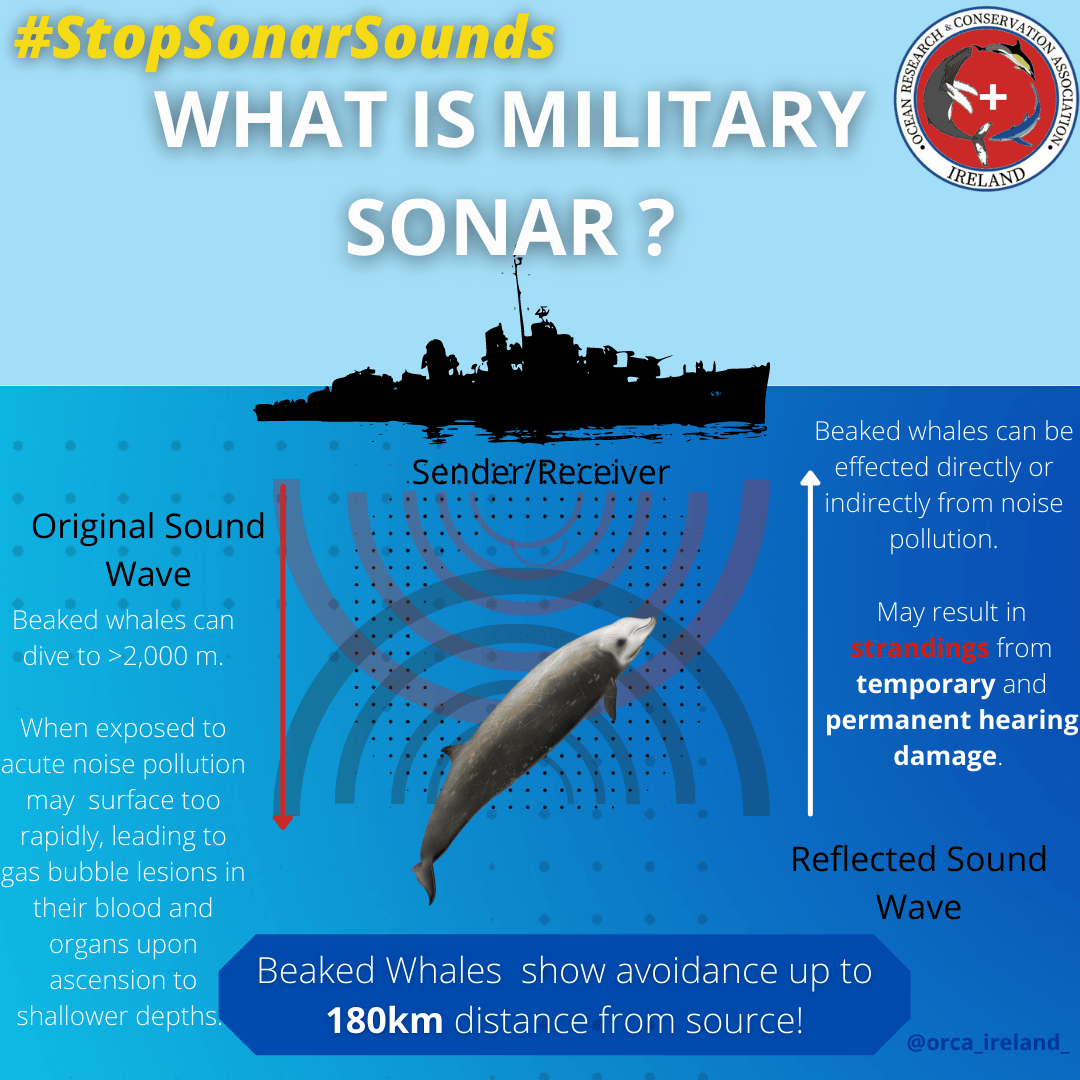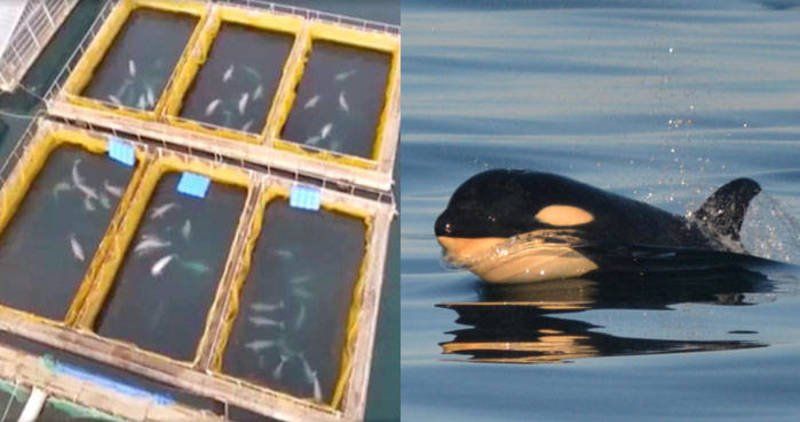Going, going, gone! Extinction is forever!
"A puppy is not just for Christmas", they say, “it's for life", but extinction? Extinction is forever! Since 1970, the human race has wiped out approximately 60% of Earth's wildlife, leading global experts to warn that this is now an emergency that threatens civilisation, according to a recent report by the World Wildlife Foundation (WWF). The growing destruction of wild habitats from ever encroaching human impacts is destroying the web of life, which took billions of years to evolve and to which human life so readily depends on for the production of oxygen, water, food and many other valuable resources.
The primary cause for wildlife loss is habitat destruction, usually for agriculture, with more than three quarters of all land on Earth is significantly affected by human activities today. And what has come of the ocean you may wonder? Well, In the last 500 years the oceans have experienced far fewer extinctions than on land (to the best of our knowledge), but the rate and intensity of our impact is accelerating. We have caused fewer complete extinctions in the marine environment than on land but the consequences have been the cause for several ecological, commercial and local extinctions.
Defaunation can be defined as the extinction of animal populations on a global, local or functional level, including the removal of species from ecological communities. A recent review of defaunation published in the journal Science
has found that human impacts in the marine environment have also resulted in the loss
in abundance of both marine megafauna (e.g. whales, dolphins, and sharks) and small pelagic fish species such as krill.
Loss in the abundance of marine organisms can cause ecological cascades of the marine food chain, causing changes throughout the food web which can alter ocean ecosystem functioning. Harvesting the marine environment is recent in comparison to harvesting on land, estimated to have started 40,000 years ago in the oceans comparison to 100,000 years for agriculture on land. However, global rates of marine defaunation have significantly increased over the last century with the rapid expansion of coastal populations from eco-tourism and habitat alteration through increasingly intense commercial fishing. There is a growing concern about the resilience of marine megafauna populations which are increasingly threatened by climate change, although the high mobility of many species may offer some buffer, with limited capacity, for adaptation to climate stress. As the human population is so heavily dependant on ocean ecosystems for food and other ecosystem services, the human population are also affected by all of these forecast changes.
In comparison to terrestrial environments, ocean ecosystems have experienced a relatively low rate of species extinctions. The International Union for the Convention of Nature (IUCN) has reported only 15 global marine animal extinctions in the last 514 years, in comparison to 514 terrestrial animals in the same time period. Although it should be noted that six times more species have been catalogued for terrestrial ecosystems than marine and the status of only a small proportion of described marine animal species have been evaluated and many that were assessed by the IUCN were data deficient.
Some species lost from the marine environment since 1500 AD include, the Stellar's sea cow
( Hydrodamalis gigas
), which was hunted to extinction for food in just 27 years after Europeans first discovered it.
The New Zealand grayling
( Prototroctes oxyrhynchus
)is the only known marine fish species to have gone extinct in the last 500 years. However, fishes big and small are not in the clear yet, with 16% of all shark species, nearly 300 out of 1,041 species on record are threatened with extinction today.
The Caribbean monk seal ( Monachus tropicalis ) was declared officially extinct in 2008 by the IUCN Red List, though it wasn't recorded after 1950s. The seal was hunted to extinction, though overfishing of reefs may have also depleted its prey source.
The Baiji
or Yangtze River dolphin
( Lipotes vexillifer
) was a freshwater dolphin also known as the "Chinese river dolphin" was declared functionally extinct in 2006. This species has existed in the Yangtze River for more than 20 million years but human impacts such as destructive fishing practices with gill nets, rolling hooks or electrical stunning unfortunately saw their permanent demise. The findings are detailed in a study published in Biology Letters.
In 1981 the population estimate of Baiji river dolphins was at 400, which quickly dropped to just 13 individuals by 1999. The last documented photograph was taken in 2002, but it wasn't until a team of scientists conducted an in depth search of the Yangtze River in 2006 after alleged sightings that the species was declared gone forever. The Yangtze River is home to 10% of the world's population, and as a result of pollution and shipping threats still exist for the the endangered Yangtze finless porpoises ( Neophocaena phocaenoides asiaeorientalis
) that also live in the river.
Old footage of "Qui Qui" the lonely male dolphin has resurfaced years later. The footage was captured by prof. Johnmk Wong from the Third Oceanographic Institute, at the Wuhan dolphinarium in China, where it was kept from 1980 to 2002.
With the loss of the Yangtze River dolphin, the Vaquita
( Phocoena
sinus) from the Gulf of California quickly took its place as the world's most critically endangered cetacean species, with just 30 individuals reported for 2016, which plummeted to only 12 individuals
by 2017
.
In November 2018, two types of Amazon river dolphins namely, the “ boto
” ( Inia geoffrensis
) and the “ tucuxi
” ( Sotalia fluviatilis
), which were once considered abundant in the Amazon have now been listed as "Critically Endangered" by the IUCN Red List. Threats stem mainly from the dolphins being hunted for their flesh and blubber to use as bait for catfish, which has now become commercially available. This is particularly affecting the low population numbers of the species due to their low reproductive rate, giving birth to a single calf every 4 to 5 years.
Besides the Amazon dolphins, freshwater dolphins in other parts of the world are also facing extreme human threats. For example, In the Indian Subcontinent, the Gangetic or Indus River Dolphin ( Platanista gangetica ) found in the Ganga and Indus River Basins is also considered “Endangered” by the IUCN.
Among the vaquita, other cetaceans threatened with extinction include the North Atlantic Right whale (Eubalaena glacialis ) with a population estimate of only 450 animals in 2018 after 17 reported deaths in 2017 due to severe entanglement s and vessel strikes.
Killer whales ( Orcinus orca ) have also been declared as threatened with extinction, with up to 50% of populations predicted to be extinct in the next 30 to 50 years. One significant threat to global killer whale populations, including those found in the British Isles is the bioaccumulation of persistent organic pollutants or POP's, leading to reproductive failure and ultimately population level decline.
Over 30% of all sharks, skates and rays have also been declared as "Threatened" with extinction by the IUCN Red List since 2014. With this in mind we should move into the new year with mindful consumer choices and interactions with wild animals from Ireland's oceans. If you would like to help us this Christmas please consider giving us a small donation or becoming a member for the year. You can also become a member for free when you download the "ORCireland Observers" App from the home page on this site and sign up via the members tab on the app. All help is very much appreciated and we are always looking for volunteers to help out at events ect.. so feel free to contact us at orcireland@gmail.com.
References:
Douglas J. McCauley, Malin L. Pinsky, Stephen R. Palumbi, James A. Estes, Francis H. Joyce, Robert R. Warner. (2015) Marine defaunation: Animal loss in the global ocean. Science. Vol 347. Issue 6219.
Turvey, Samuel T et al. “First human-caused extinction of a cetacean species?” Biology letters
vol. 3,5 (2007): 537-40.
SHARE THIS ARTICLE
